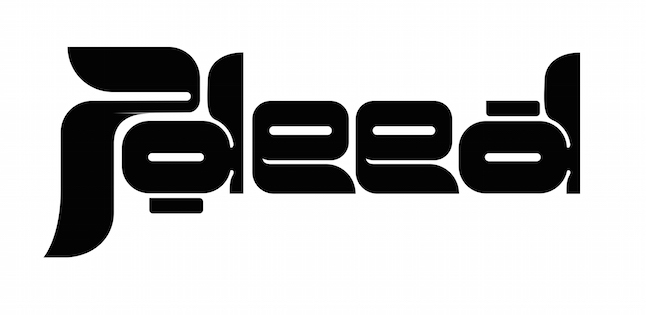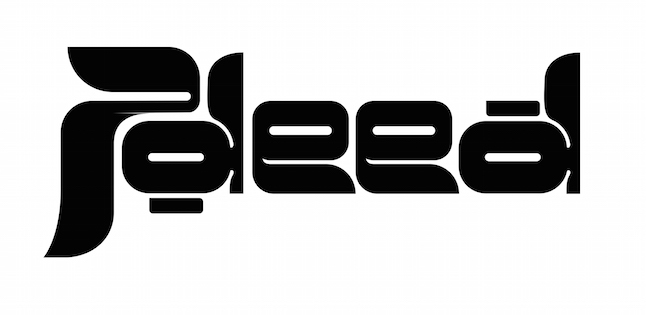
Art
Meet Laure D’Hauteville, BEIRUT ART FAIR’s Director
In anticipation of the 10th edition of BEIRUT ART FAIR, JDEED interviews Laure D’Hauteville, the fair’s Director. BAF is running from September 18th to 22nd.
Interview/ Hadi Afif & Rabih Arasoghli at JDEED
Hello Laure. Could you introduce yourself to our readers?
I am French-born and Sorbonne-trained. I made Lebanon my second home in 1991, and I started as a writer for Lebanese publications. I have been organizing artistic events across the world for the past twenty-eight years. Between 1998 and 2005 in Beirut, I spearheaded the contemporary art fair ARTUEL, whose popularity reverberated in editions in Dubai, Paris, Moscow, and Las Vegas. Soon after, I collaborated with ART PARIS to found the first two editions of ART PARIS-ABU DHABI (currently known as ABU DHABI ART FAIR) in 2007 and 2008. In 2014, I launched SINGAPORE ART FAIR, dedicated to artists of the Middle East and South-East Asia.
I am proudest of my decision to specialize in the contemporary art of the MENA (Middle East and North Africa) region, which led to the creation of BEIRUT ART FAIR in 2010. The fair will celebrate its tenth edition this year with 55 art galleries from 18 countries, featuring more than 350 artists from more than 40 nationalities.
It’s interesting how you are such an important asset to the art community in Lebanon, yet you are not from here. How did you end up in Lebanon?
I came to Beirut in 1991. I was an art journalist at the time. Then, I was introduced to the MENA art scene. In 1998, a friend of mine asked me to organize an art exhibition in Beirut. It was a real success, and everybody asked me if I would do it a second time. As my passion for the art from the Middle East was growing, I created the first international art fair in the MENA region called Artuel, which continued operating until 2005.
I then came back to Paris and started to work for the art fair ART PARIS. At the time, they wanted to export ART PARIS to the Gulf region. I launched the two first editions of ART PARIS/ABU DHABI (called today ABU DHABI ART FAIR) in 2007 and 2008. Such an exhibition was a very new concept in the UAE. It was wonderful, and I enjoyed doing it. However, I missed Lebanon, its people, and its culture. So, I decided to come back to Beirut in 2009.
What made you want to stay in Lebanon and pursue a journalism/ artistic career here?
Lebanon had always been special to me. I had an uncle who was a Jesuit priest in Lebanon, Père Alban de Jerphanion. He used to be the rector of Université Saint Joseph in Beirut and Jamhour School. When the civil war started in 1975 in Lebanon, we used to help the Lebanese who were fleeing the country by pairing them with French families like mine. Back then, I used to share my bedroom in Paris with Lebanese children. They used to talk to me about Lebanon, but I did not really understand what Lebanon was like. I never would have imagined that years later I was going to come to Beirut. And when I came, I realized that it was in my DNA, and that somehow Lebanon was part of my life without me knowing it.
I have always been working in art. Being an art journalist in Lebanon was amazing. I discovered many artists and followed their careers. I felt very close to them and year after year, I was lucky to become part of the art scene in the region.
The art scene in Lebanon is definitely not the same today as it was when you started working here more than 20 years ago. How do you remember it? What were some issues and some opportunities you noticed back then?
When I arrived in Beirut, some galleries where really active, like Galerie Epreuve d’Artiste and Galerie Janine Rubeiz. Salah Barakat had just opened Agial, his first gallery. We were exchanged conversation about art, visited artists’ studios, organized come conferences, and advised art collectors. When I started the art fairs in Lebanon and the Middle East, a market started developing – and it still is!
Now, we see many more art collectors than before. We have always had art collectors in Lebanon, but they were rather discreet. In the last three years, they have begun to open their doors. They want to show that art is part of their Lebanese heritage. We found young art collectors who studied in Europe and came back to Lebanon. They collect contemporary art and photography. Many companies are also opening art foundations. Lebanon has never needed art and culture as much as it does now. Emphasising Lebanese heritage, I assert that it is BEIRUT ART FAIR’s mission to showcase Beirut as an art hub, given its rich 8,000-year history, complex memory, and diverse culture.
BEIRUT ART FAIR turns 10 this year! What does that feel like? How has your journey been with Beirut Art Fair so far, what have been some challenges, and where do you see it going in the future?
This momentous anniversary marks a decade of accomplishments and growth, establishing the fair as a flagship event of the MENA region’s artistic calendar, one consistently expanding in artistic scope and international reach. This year, while still focused on the MENA region, the fair will gather the global art scene, welcoming 55 leading galleries from 18 countries, and featuring artists from 35 nationalities. More than 30,000 visitors from all over the globe are expected, a ten-fold growth in ten years. But numbers cannot express the powerful human stories that have unfolded throughout this past decade — countless artists connected with new audiences, friendships formed, and collaborations flourished. BEIRUT ART FAIR has continuously taken risks, betting on emerging scenes from the Levant, to North Africa, to India and East Asia, and launching many an outstanding career. This year, the fair will commit to its role as an artistic incubator, with an unparalleled artistic selection placed, more than ever, under the sign of the discovery of rising international contemporary art.
More than ever, BEIRUT ART FAIR remains committed to lifting up walls – not only artistic ones but also interpersonal, psychological, and societal ones. In parallel with the gallery booths, we plan a diversity of artistic experiences, which is reflective of the fair’s spirit of openness and innovation across time and space.
The biggest challenge is the road to opening day, which is the case for any art fair. This journey is quite a chaotic one, and you’re is bound to face the unexpected which is also what makes it exciting! But, the biggest challenge, I believe, is to meet, and surpass, the public’s expectations, and win local and international collectors’ loyalty.
For the future, I want BEIRUT ART FAIR to place great emphasis on freedom of expression, cultural dialogue, and tolerance, which constitute its core values. I want the fair to highlight scenes sometimes overlooked by the public. I want to link the countries and develop bridges between nations. Art is a dialogue!
How is the process of organizing an edition of BEIRUT ART FAIR (talking to artists, organizing the schedule, designing the space)?
The galleries selected need to have a curatorial line. Even if we don’t necessarily share the same vision as the gallery owner, we take into account the coherence of their selection. On the other hand, the committee will consider the quality of the works presented. We never accept an artist upon one painting or sculpture, we really need to understand their approach.
Then, we decide on the general idea/identity of the fair. We meet curators, art collectors, and museum directors. We travel to meet art professionals to develop ideas. It is a real challenge that’s very long to describe here, as it takes more than a year to prepare the next edition.
Is there a specific edition (or year) of BEIRUT ART FAIR that you would consider as some sort of turning point or milestone?
BEIRUT ART FAIR in 2013. That year was incredible. We had a special pavilion dedicated to South East Asia, with 9 galleries participating. It was very interesting to see the public interacting with the art.
That same year we did a special exhibition called Generation War which retraced, in visual chapters, the stories of those who lived in a war that marked an entire generation of Lebanese people. The exhibition was an artistic recognition of their magnificent talent and a tribute to the courage of those photographers. Two weeks before the opening the fair, the American army based in Cyprus had their gun pointed towards Damascus, waiting for the war. The rockets were supposed to fly over the sky of Lebanon. All the region was really stressed. Finally, 3 days before the opening of the fair, the American Army left. That opening was incredible, everybody was singing and laughing, and we celebrated peace! No one cancelled their participation and a slogan came out of that event: “our resistance will come through art”.
Having organized numerous cultural events worldwide, what do you think allows BEIRUT ART FAIR to distinguish itself from other exhibitions around the world?
Beirut is a cosmopolitan city that constantly reinvents itself. There is an energy that constantly builds, deconstructs, and reconstructs itself in different ways. This mindset applies to all kinds of creative work, from architecture, to music, to fine arts and design. Moreover, the freedom of speech that reigns in Beirut is without equal in the Middle East. This cultural wealth allows it to be an artistic hub for regional artists (from Syria, Iraq, Palestine, Iran) as well as for international ones, and especially ones from emerging territories (such as India, Africa, or Pakistan). Beirut offers endless opportunities for encounters and discoveries.
Lebanon’s creativity is impressive, a fact that the international press and art professionals acknowledge. BEIRUT ART FAIR is devoted to the discovery of the young international contemporary art scene, and to the rediscovery of artists whose work might unfairly be less acknowledged: this curatorial direction gives its meaning to the fair. We are very happy to present a number of young galleries, some of which have been operating for less than a year.
Since the beginning, BEIRUT ART FAIR has highlighted Beirut’s strategic position as a key cultural node in the Middle East and on the transversal Silk Road, bridging East and West. The city constantly demonstrates its resilience. It prevails today as a hyperactive artistic hub with a multitude of projects initiated this past decade, stemming from institutions — museums, contemporary art centres, foundations — and from energetic galleries and collectors. BEIRUT ART FAIR is proud to galvanize this scene.
What makes BEIRUT ART FAIR different from other exhibitions around the world is the freedom that reigns there! The liberty of expression, discoveries, and rediscoveries, the spirit of creation and art for all, the exchange of opinions and ideas, and the mindset that, from nothing, we can make big things!
You launched Singapore Art Fair in 2014. How important was it for you to spread the message of BEIRUT ART FAIR outside the Middle East, and why did you decide on making that step?
Deeply attached to Lebanon for over 28 years, one of my greatest satisfactions is realizing the growing role of BEIRUT ART FAIR in this powerful rise of the Lebanese art scene on an international level. In 2014, I decided to expand the scope of our fair in Singapore. This was also in response to the expectations of numerous Asian collectors interested in the MENASA (Middle East, North Africa, and Southeast Asia) region’s art.
The idea behind SINGAPORE ART FAIR was to bring awareness to MENASA art. MENASA art, especially art from the Middle East and North Africa, was largely unexplored in Singapore and Asia. SINGAPORE ART FAIR was born to encourage a global dialogue based on art. Singapore was chosen as the location for the SINGAPORE ART FAIR because of its geographic location; it is a centre where business, cultures and art intertwine. Being the first contemporary and modern art fair focusing on MENASA art, the fair needed a location that supports the confluence of art and culture, and Singapore meets just that need.
We organized an exhibition curated by Catherine David to show all the influences and exchanges that exist across many migrations from the MENASA countries. These countries feed on immigration, which, for many decades, impacted contemporary art creation. This is the strength of emerging countries. This is what the West has failed to understand!
You are a very big part of the reason why ABU DHABI ART FAIR exists today. Could you tell us about how Art Paris-Abu Dhabi came to be, and what the whole process was like?
One of my best experience was ART PARIS-ABU DHABI! At that time, the art scene wasn’t what it is today. As a Frenchwoman, I was very close to the French institutions and I was there for the Louvre Abu Dhabi signature. UAE people wanted to be involved in art, to understand art, to have art, to be fed with art.
More and more cultural events are taking place in the Arab World, and in Beirut specifically (BEIRUT DESIGN FAIR, BEIRUT DESIGN WEEK.) Is the cultural scene in the region growing the way it should be/ the way you hoped it would? Do you have any critiques or wishes?
I think Lebanon is becoming the Arab world’s art hub. Here, you are free to do what you want, show what you want, and live as you want. Art is really booming.
Many art collectors, curators, and museum directors visit Beirut every year. I wish the country were more organized to be able to welcome more cultural tourism, and the government were more helpful, for instance, by offering subventions to help organizations like ours who foster the artistic field.
A lot of people consider Beirut as the cultural hub of the Arab World. Do you believe that this is a deserved title? What would assert its label as the artistic center of the Arab region? What other Arab cities do you think could rival up to Beirut for that title?
Beirut deserves to regain its rightful place as a regional and international cultural hub, and I believe it has done so. Every important artist from the sixties came to Beirut! Just go to Byblos at Pépé and see all his pictures, or listen to the old generation telling you incredible stories about “La Cave des Rois” and “Saint Simon Beaches”. Ask any citizen from any Arab country if they want to come to Beirut and hear what they tell you! Lebanon is the place to be. The people speak many languages, art is everywhere, as are fashion, music, literature, gastronomy, decoration, architecture, dance … and I did not even mention the party scene! Lebanese people love experimentation and are enough crazy to “dance on a volcano”!
According to The Culture Trip, you are one of the 10 most influential women in the Middle East contemporary art scene. The Ministry of Culture in Lebanon has also recognized your contribution to the art scene in Lebanon and the MENA region. How does it feel to be recognized on such a huge scale for your decades-spanning career?
I feel that I have a mission to accomplish. I feel that I am a “ Lady from the Levant,” since my heart is here.
Finally, what are your plans for the future?
To develop the contacts between East and West, to promote the region, to create bridges between the Occident and Arab world. To show that art is a tool to establish a dialogue of tolerance, of freedom. It is the one language that unites us all.
Discover more about BEIRUT ART FAIR, right here









0 comments